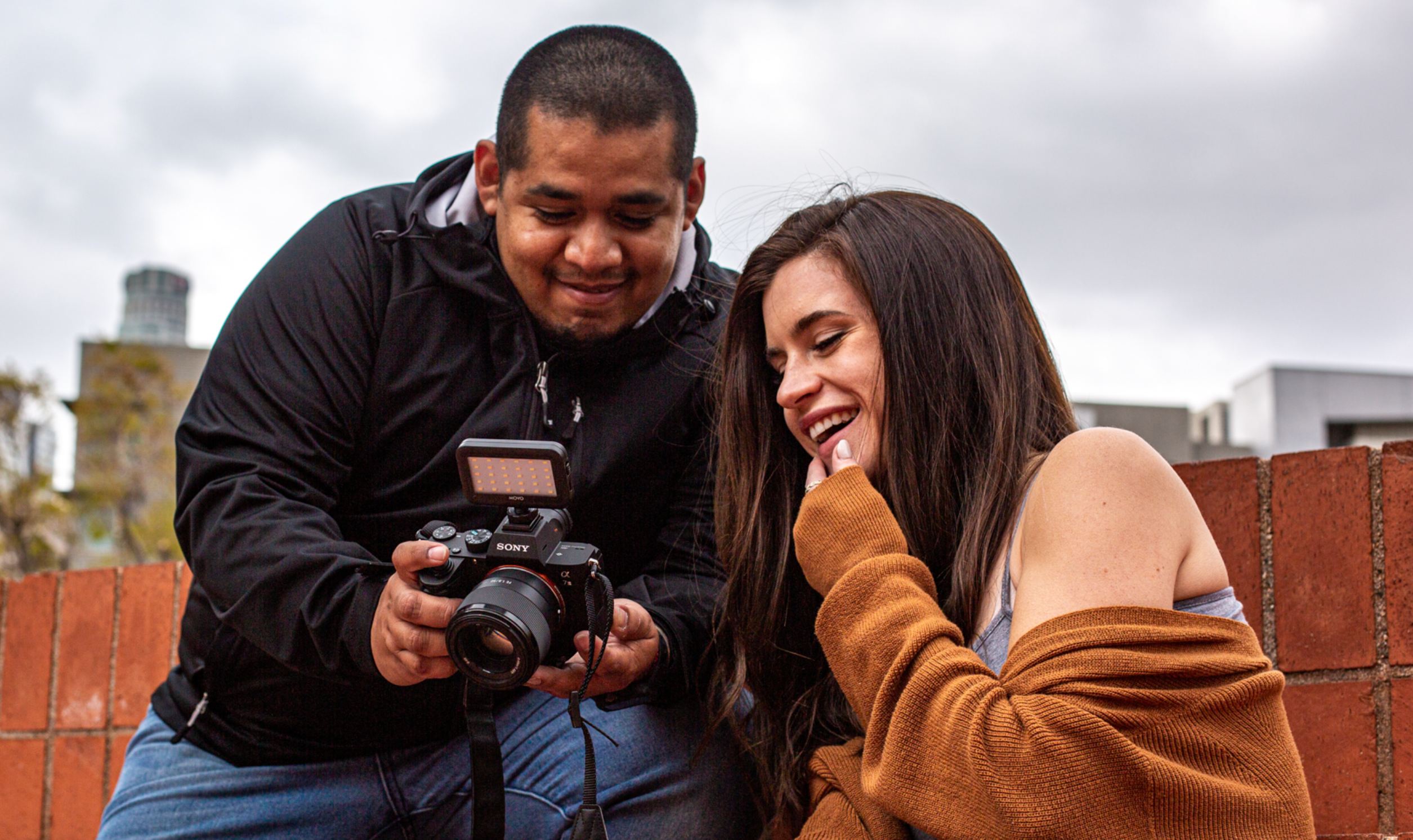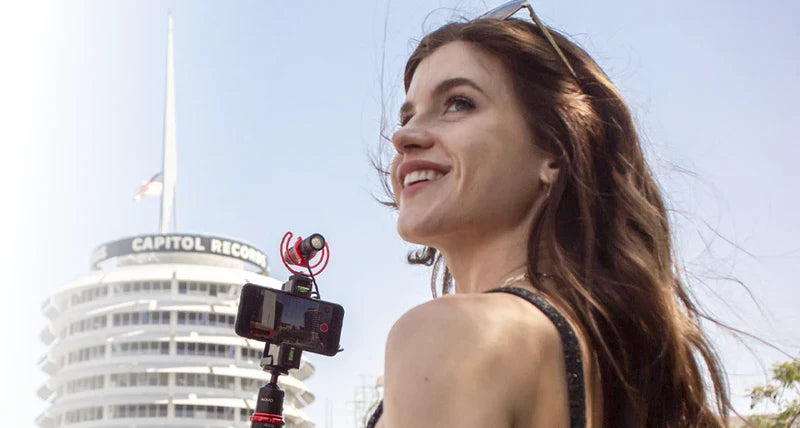Your Cart is Empty
 Free Shipping
Free ShippingEnjoy the convenience of free shipping on all orders. We believe in transparent pricing and delivering value straight to your doorstep. read more...
 30-Day Money-Back Guarantee
30-Day Money-Back GuaranteeShop with confidence knowing you have a full 30 days to try our products. If you're not completely satisfied, return your purchase for a full refund, no questions asked. read more...
 2-Year Warranty
2-Year WarrantyWe stand by the quality of our products with an industry-leading 2-year warranty. Enjoy peace of mind knowing your vlogging and podcasting equipment is covered against defects and issues. read more...
 Lifetime Customer Support
Lifetime Customer SupportOur commitment to you doesn't end at purchase. With lifetime customer support, you can reach out to our expert team anytime for help, advice, or troubleshooting, ensuring you always get the best performance from your gear. read more...

by Ben Gerstein November 09, 2018
If you use a DSLR camera to take professional photos and videos, having a good DSLR shoulder rig is very important. DSLR cameras and mirrorless cameras are much smaller and lighter than the traditional filmmaking tools.
While there are many advantages of the small and light cameras, there are disadvantages too. One obvious drawback is the difficulty in stabilizing, especially if you work on a shooting job all day long, or require other accessories, like a follow focus or matte box.
First, we’ll address the frequently asked questions about on-camera microphones.
If you enjoy making things, you can create a camera rig from scratch – there are numerous DIY YouTube videos with detailed instructions and a list of tools that you’ll need.
However, although most of the materials are available at a machine shop, you may also need some equipment such as a milling machine and precision tools to make a good rig, and for a one-time camera rig making, the costs of these pieces of equipment can add up pretty quickly.
In light of these considerations, we’ll go through the functionalities and types of camera rigs, so you can find one that best fits your requirements.
Most DSLR users search for a camera rig to serve the following purposes:
Handheld camera rigs:The simplest type is the handheld camera rigs with one or two handgrips. These make it easy to keep the screen at eye level but are not suitable for long shooting needs. The handheld camera rigs are especially popular among the GoPro/action camera communities.
Full-body harness (hands-free) video rig:To achieve hands-free flexibility and stability, some camera rigs incorporate a chest harness and padded shoulder support to transfer weight away from your arm to your body. These video rigs are often more expensive than the other two types but are best for long shooting projects.
As we mentioned above, one of the key benefits of the camera rigs allows you to attach additional accessories. Here are the two most popular/useful accessories for future upgrades:
We’re a team of creators and entrepreneurs who proudly support the content creation community through innovative, high-quality products that let you do you. From filmmakers to photographers, vloggers to podcasters, and beyond, Movo helps you share your creative voices across countless mediums and content platforms everywhere.
Receive access to exclusive deals, updates, and more.
